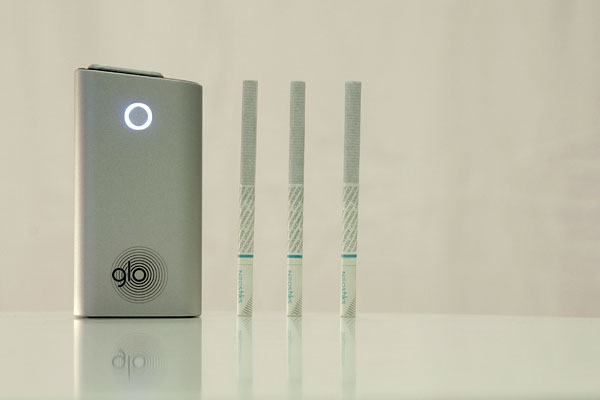British American Tobacco said today that the performance of its heated-tobacco product, glo, in Sendai, Japan, was continuing to exceed its expectations.
Presenting its First Half Pre-Close Trading Update 2017, the company added that it was on track for further ‘Japanese and international rollout in the second half’.
‘In vapor, our share growth in Western Europe continues and we are making encouraging progress with the rollout of Vype Pebble,’ BAT said in a note posted on its website.
‘A city test of Vype e-Pen III is on track for Q4.’
Meanwhile, the company said that, as highlighted in February, its first-half volumes were ‘lapping a strong prior year comparator’ and would be impacted by the phasing of shipments in some key markets, including Pakistan.
‘Full year volume is expected to outperform the industry, which we anticipate will be down around four percent,’ the company said.
‘We expect our market share to continue to grow, driven by the GDBs [global drive brands].
‘Trading in our key markets continues to reflect the trends discussed at the preliminary results in February with Canada, Romania, Bangladesh and Ukraine performing well and conditions remaining challenging in Brazil, South Africa, Malaysia, France and the UK.’
BAT said that its first-half revenue was expected to benefit from good pricing.
‘As previously stated, profit growth is expected to be weighted to the second half of the year, mainly due to the timing of volume shipments, as well as the phasing of NGP [new generation product] investments and marketing spend,’ the company said.
‘If exchange rates stayed the same for the remainder of the year, there would be an adverse transactional impact on operating profit of two percent for both the first half and the full year. For translation, this would be a tailwind on operating profit of approximately 13 percent for the half year and seven percent for the full year.
‘First half EPS is expected to benefit from a significant translational foreign exchange tailwind of around 14 percent.’











